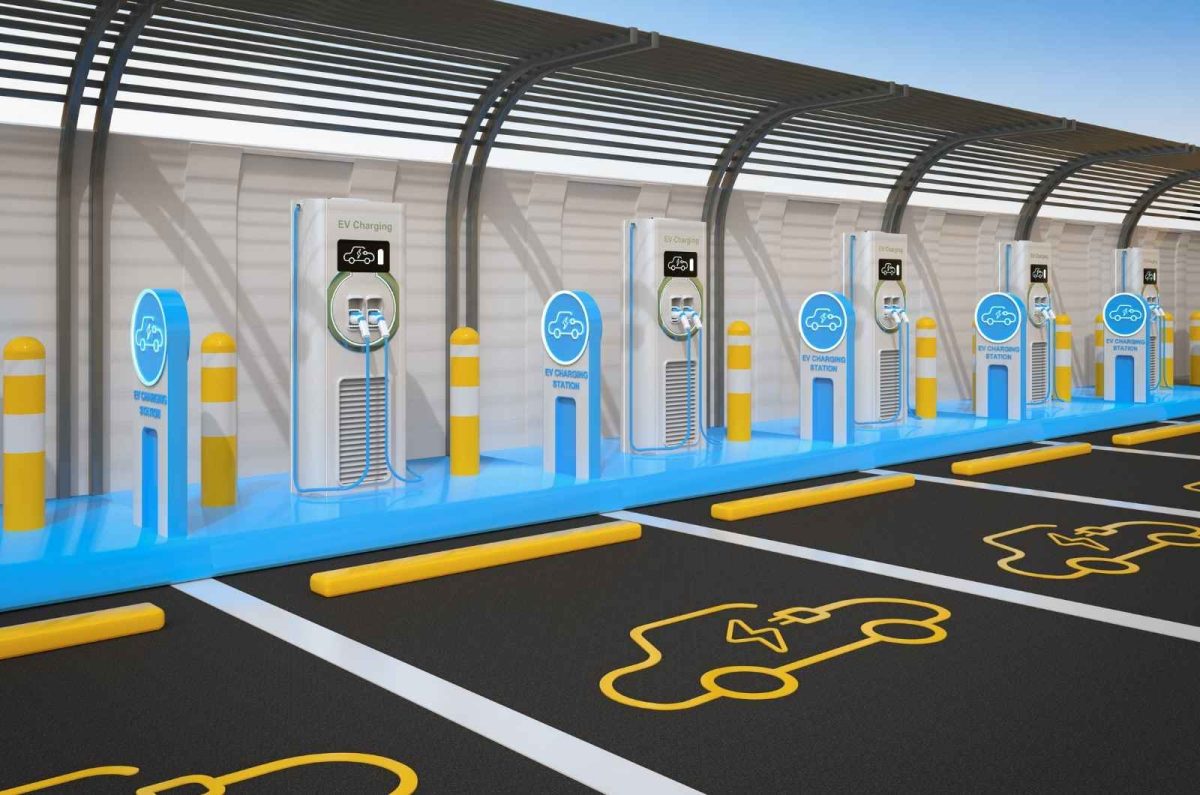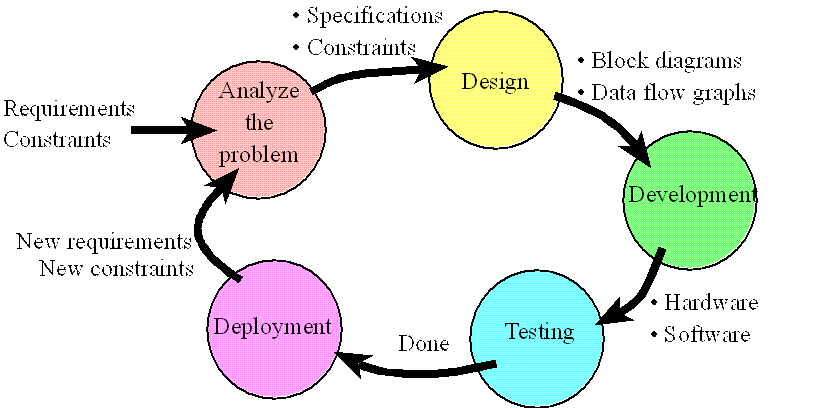Introduction: Why is Digital Literacy Crucial for People with Disabilities?
In today's digitally driven world, being able to navigate the internet and use technology effectively is not just a convenience—it's a necessity. For people with disabilities, digital literacy goes beyond mere convenience; it's a vital component of independence and inclusion. The ability to access information, communicate, and participate in various aspects of society online can significantly reduce the barriers that individuals with disabilities often face. However, the digital divide is more pronounced for this demographic, primarily due to a lack of tailored digital literacy programs that cater to their specific needs. This article explores the available digital literacy programs for people with disabilities, emphasizing the importance of such initiatives in empowering these individuals to lead more autonomous, engaged, and fulfilling lives in the digital age.
What Are Digital Literacy Programs?
Digital literacy programs are structured initiatives designed to equip individuals with the skills necessary to effectively and safely navigate the digital world. These programs encompass a wide range of competencies, from basic computer operation and internet browsing to more complex tasks like digital communication, online safety, and the use of specific software or platforms. The core aim is to foster confidence and competence in using technology, enabling participants to access information, services, and opportunities online.
For people with disabilities, these programs are tailored to address unique challenges and leverage specific assistive technologies. This customization ensures that learning is accessible and relevant, addressing barriers such as visual, auditory, motor, or cognitive impairments. By incorporating adaptive tools and techniques—like screen readers, voice recognition software, and simplified user interfaces—digital literacy programs for the disabled are a crucial step towards leveling the digital playing field, promoting inclusivity, and enhancing quality of life.
Why Are Tailored Digital Literacy Programs Essential for Accessibility?
Tailored digital literacy programs are not just beneficial; they are essential for ensuring accessibility and inclusivity in the digital realm for people with disabilities. The one-size-fits-all approach to digital education often falls short in meeting the diverse needs of individuals with various disabilities. Without customization, many are left behind, unable to fully participate in an increasingly online world. Tailored programs address this gap by adapting learning materials and methods to suit different abilities, ensuring that everyone has equal access to digital literacy.
These programs consider the unique challenges faced by individuals with disabilities, such as navigating touchscreens for those with motor impairments or understanding content for those with cognitive disabilities. By incorporating assistive technologies and alternative learning strategies, tailored digital literacy programs make the digital world more navigable and understandable for people with disabilities. This customization extends beyond just accessibility; it fosters a sense of belonging and competence, empowering individuals to engage confidently with digital technologies.
Furthermore, tailored digital literacy programs play a critical role in dismantling barriers to employment, education, and social participation. In an era where digital competence is often a prerequisite for many opportunities, ensuring that people with disabilities are not excluded is crucial for building a more inclusive society. Through these specialized programs, individuals are equipped with the skills they need to thrive in a digital age, underscoring the importance of accessibility in digital literacy education.
How Can Digital Literacy Programs Empower Individuals with Disabilities?
Digital literacy programs can profoundly empower individuals with disabilities by breaking down the barriers that prevent full participation in society. These programs equip participants with the skills to access information, utilize services, and communicate online, thereby enhancing their autonomy and independence. For many, mastering these skills means the difference between isolation and engagement, as the internet offers unparalleled opportunities for learning, socializing, and accessing support networks.
Moreover, digital literacy opens doors to educational and employment opportunities that might otherwise be inaccessible. With the right skills, individuals can pursue online education, apply for jobs, and contribute meaningally to digital workspaces. This empowerment extends to civic engagement as well, where the ability to access government services, participate in discussions, and advocate for rights online is crucial.
At the heart of this empowerment is the increased sense of agency individuals gain. Being able to navigate the digital world with confidence allows people with disabilities to make choices, express opinions, and connect with others on their terms. Digital literacy programs, therefore, do more than teach technical skills; they enable individuals to lead richer, more connected lives in an increasingly digital society.
What Skills Do Digital Literacy Programs for the Disabled Cover?
Digital literacy programs for people with disabilities are comprehensive, covering a wide range of skills to ensure participants can navigate the digital world effectively and safely. These skills are tailored to address the specific needs and challenges faced by individuals with various disabilities, ensuring that everyone, regardless of their physical or cognitive abilities, can benefit from the digital revolution. Here are some of the key areas these programs typically focus on:
Basic Computer and Internet Usage
At the foundation of digital literacy is understanding how to operate a computer or mobile device and navigate the internet. This includes turning devices on and off, using a keyboard and mouse or touchpad, navigating operating systems, and browsing the web. For individuals with disabilities, this might also involve learning to use specialized hardware, like adapted keyboards, or software that enhances accessibility, such as screen readers for those with visual impairments or speech recognition for those who have difficulty with manual input.
Online Safety and Privacy
With the increasing threats of cyberattacks and the importance of protecting personal information online, digital literacy programs also emphasize online safety and privacy. Participants learn about creating strong passwords, recognizing and avoiding scams and phishing attempts, and managing privacy settings on social media and other online platforms. Understanding these concepts is crucial for ensuring that individuals can protect themselves and their sensitive information while online.
Using Assistive Technologies
A significant component of digital literacy programs for the disabled is training in the use of assistive technologies designed to facilitate access to digital content. This includes screen readers and magnification software for individuals with visual impairments, speech recognition software for those who cannot use a keyboard or mouse, and alternative input devices for those with motor impairments. Learning to use these technologies effectively can dramatically improve an individual's ability to engage with digital content independently.
Navigating Digital Content
Beyond accessing digital platforms, it's important for individuals to learn how to find, evaluate, and use information online. This involves using search engines effectively, assessing the credibility of sources, and utilizing digital libraries or databases. For students and professionals, it may also include training on specific software or platforms relevant to their field of study or work.
By covering these essential skills, digital literacy programs for the disabled ensure that all individuals have the opportunity to participate fully in the digital age, whether for education, employment, socialization, or advocacy. These programs play a crucial role in leveling the playing field, promoting inclusivity, and enhancing the quality of life for people with disabilities.
How to Access These Programs?
Accessing digital literacy programs tailored for individuals with disabilities is easier than one might think, thanks to a variety of organizations and platforms dedicated to promoting digital inclusivity. The first step is to explore local resources, such as community centers, libraries, or disability support organizations, which often offer free or low-cost training programs. Many of these organizations partner with experts in assistive technology to provide comprehensive, hands-on training that addresses the specific needs of people with disabilities.
Another valuable resource is educational institutions, including universities and vocational schools, which may offer specialized courses or workshops focused on digital literacy and assistive technologies. These programs are often designed to not only provide practical skills but also to support participants in their educational and career aspirations.
Online platforms and websites also offer a wealth of resources, including tutorials, webinars, and courses tailored to different types of disabilities. Websites like www.equalweb.com/ specialize in web accessibility solutions and may provide guidance or references to digital literacy programs. Additionally, many software and assistive technology providers offer free training materials or online courses to help users maximize the benefits of their products.
By exploring these avenues, individuals with disabilities can find digital literacy programs that suit their needs, preferences, and goals, opening up a world of opportunities and empowerment in the digital age.
Summary: Bridging the Digital Divide for People with Disabilities
The journey towards a fully inclusive digital society is ongoing, but digital literacy programs for people with disabilities represent a significant step forward in bridging the digital divide. By equipping individuals with the skills and knowledge to navigate, understand, and contribute to the digital world, these programs empower them to participate more fully in society. The benefits extend beyond individual empowerment, fostering a more inclusive, diverse, and rich online community. As technology continues to evolve, the commitment to accessibility and tailored education must also advance, ensuring that no one is left behind. By supporting and expanding digital literacy programs tailored for those with disabilities, we can continue to break down barriers and build a more inclusive digital future for everyone.









